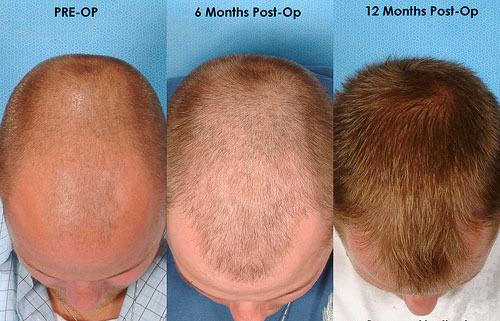Hair Transplant
What is a hair transplant?
Hair transplantation surgery involves removal of a thin strip of hair-bearing scalp from the back of the head and using it to cover a region with either thin or no hair. Hair transplant not only helps to restore your appearance, it can considerably improve your self-confidence too. Hair transplants are generally performed in the doctor's office under local anesthesia.
In this procedure, the surgeon cleans the scalp and then injects an anesthetic to numb the region from where a 3- to 4-inch strip of scalp will be removed. The surgeon then sews the scalp and closes it. This region is immediately covered by the hair around it.
The strip of removed scalp is then divided into 500 to 2,000 tiny grafts which contain an individual hair or simply a few hairs each. The number and type of graft used is based on the type of hair, quality, and color as well as the size of the region where it will be transplanted.
After preparing the grafts, the surgeon cleans and numbs the region where the hair will be placed, creates holes or slits using a scalpel, and gently places each graft in one of the holes.
Based on the extent of the procedure, the transplant will take around four to eight hours. Additional sessions would be required if you continue to lose hair or if you desire thicker hair.

Results and recovery
Your scalp may feel extremely tender after hair transplant surgery. You have to take pain medications or antibiotic and/or anti-inflammatory drugs for several days. You will also have to wear a surgical dressing over the scalp for some days. You can resume work two to five days later following the surgery.
The transplanted hair will fall out within two to three weeks after the surgery. However, new hair growth will occur within a few months. In most cases, people will have 60% of new hair growth after a period of six to nine months. The drug Minoxidil (Rogaine) will improve hair growth after transplantation. However, the effectiveness of the drug has not yet been ascertained.
The cost of hair transplantation will depend largely on the amount of hair to be transplanted,
Risks:
- Bleeding and infection
- Scarring and new hair growth which appears unnatural
- Inflammation or infection of the hair follicles or Folliculitis
- Sudden loss of transplanted hair or Shock loss
















